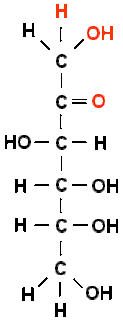Study Plan
·
Why-classify
·
Genesis of classification
o
Dobereiner’s Triads
o
Newland’s Octave Law
o
Lother Mayer’s Curve
o
Mendeleve System of Classification
·
Modern Periodic Law and Present form of the
Periodic table
·
Nomenclature of Elements with Atomic number >
100
·
Periodic Table with respect to Electronic Configuration
of Elements
o
Period wise analysis of Electronic configuration
o
Group wise analysis of Electronic configuration
·
S-, p-, d-, f-type of Elements
o
S-block elements
o
P-block elements
o
F-block elements
o
Metals, Nonmetals and Metalloids
·
Periodic trends in properties of Elements
o
Physical Properties
§
Atomic Radius
§
Ionic Radius
§
Ionization Enthalpy
§
Electron gain Enthalpy
§
Electronegativity
o
Chemical Properties
§
Periodicity of Oxidation State
§
Anomalous properties of Second period Elements
§
Periodic Trends and Chemical Reactivity
To download this tutorial in pdf click here










